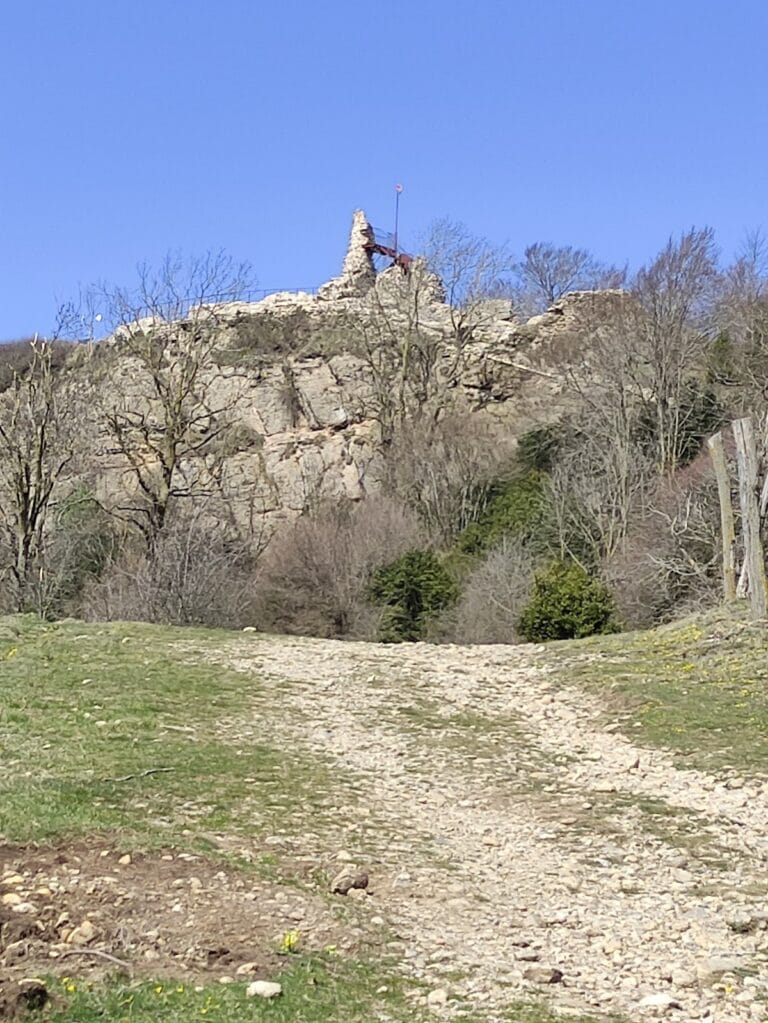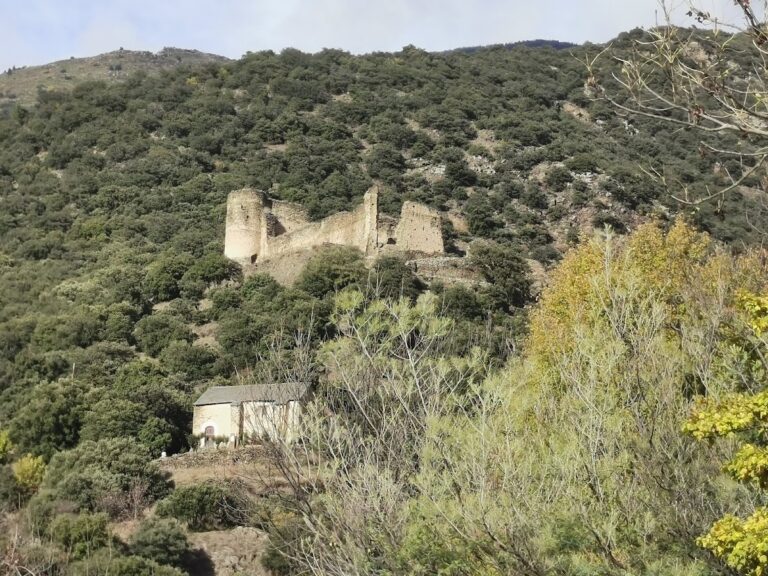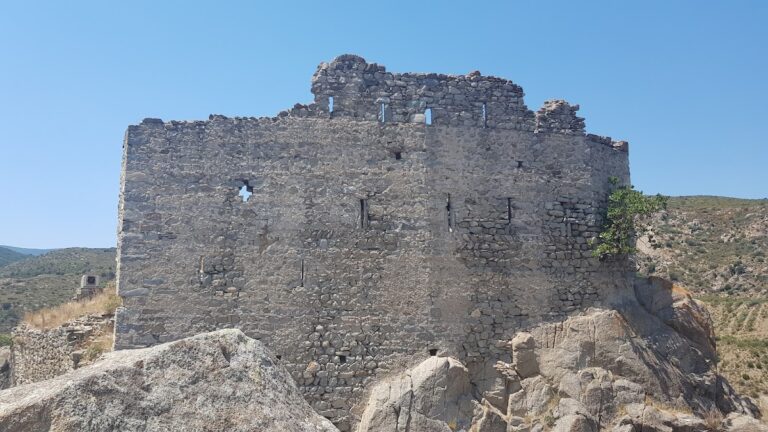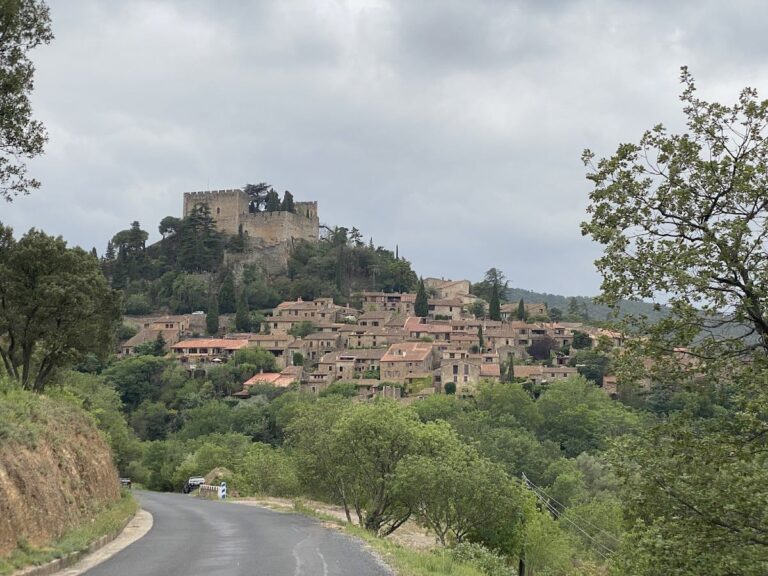Castell de Rocabruna: A Medieval Catalan Fortress in Spain
Visitor Information
Google Rating: 4.4
Popularity: Low
Google Maps: View on Google Maps
Country: Spain
Civilization: Unclassified
Remains: Military
History
Castell de Rocabruna stands within the municipality of Camprodon in modern Spain and was originally constructed by medieval Catalan society. Its roots extend back to the 10th century, with documentary references dating to 986 indicating the presence of Pedro de Rocabruna, who accompanied Count Oliba Cabreta during the reconquest of Barcelona. The earliest written mention of the castle itself appears in records from 1070.
Throughout the medieval period, this fortress served as the feudal seat for a succession of noble families associated with the region, including the Rocabruna, Llers, Desbac, and Descatllar lineages. In the early 12th century, Arnau de Llers is notably linked to the site, while the mid-13th century saw involvement by Raimon de Milany. By the late 13th and early 14th centuries, Jaume de Besora held ties to the castle. In the 15th century, Pedro Desbach, who attained the rank of Captain General of the Mountain under King John II of Aragon, is another prominent figure connected to its history.
Militarily, the fortress played an active role in regional affairs. Records confirm its participation in a 1330 military expedition to Sardinia, and it was involved in armed conflicts throughout the 15th century. However, following the turmoil of the Catalan Civil War, the castle’s strategic importance declined sharply. This loss of relevance led to its abandonment during the 17th century, after which local inhabitants repurposed its stone as building material.
Interest in the castle resurfaced in the 21st century, during which archaeological excavations and restoration efforts were conducted from 2006 to 2017. These initiatives aimed to stabilize the ruins and enhance understanding of the site’s history under the guidance of the Diputació de Girona and architect Lluís Bayona, collaborating with the archaeological group In Situ. Since 1976, the castle has been protected under Spanish law as a Bien Cultural de Interés Nacional (Cultural Asset of National Interest).
Remains
The Castell de Rocabruna occupies a commanding position atop the Tossal del Castell hill at nearly 1,000 meters altitude, overlooking forested, rocky terrain in the Pyrenees. Its structure consists of a double set of defensive walls that adapt closely to the uneven landscape. The northern wall is particularly robust, reinforced to compensate for weaker natural defenses, while the southern side is guarded by two distinct towers—one circular and the other rectangular—both built from finely cut stones known as ashlar masonry.
Several square towers punctuate the castle’s perimeter and notably protect the entrance area. The keep, or tower of homage, stands prominently at the edge of the walls. Though part of this central tower has collapsed, arrow slits remain visible, offering clues to its role in defense. Adjacent to the western wall, facing towards the nearby village, lies a large rectangular hall constructed using an ancient technique called opus spicatum, which involves arranging stones in a herringbone pattern. Traces of an upper floor are still evident here, marked by sections of wall and holes where wooden beams once rested.
The interior courtyard, or plaza d’armes, is spacious and enclosed on three sides by towers, centered around a water cistern. The main entrance is strategically concealed, located in the area once occupied by a drawbridge, which now survives only as scattered columns. Within the complex, the remains of the chapel dedicated to Saint Lawrence (Sant Llorenç) remain visible, marking its religious association with the castle.
Archaeological investigations uncovered numerous artifacts revealing insights into daily life and defense at the fortress. Ceramic fragments date usage to the 15th and 16th centuries, and a remarkable assemblage of medieval weaponry was found, including 68 defensive items, 31 offensive weapons with 43 pieces related to projectiles, and 17 tools for blacksmithing. Other finds include coins from the late medieval period, fragments of glass, luxury personal items crafted from bone (such as an intricately decorated goat-bone recorder), and metal adornments like pendants, brooches, and buckles made from copper alloys and iron.
Today, the castle remains in a ruinous state but has undergone careful consolidation and archaeological excavation to preserve its remaining structures. These efforts have allowed much of its layout and features to be studied in situ, providing valuable understanding of this medieval stronghold’s form and function.










